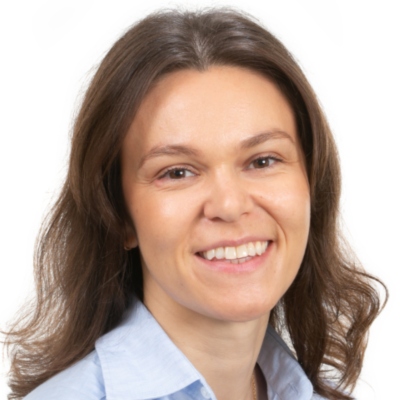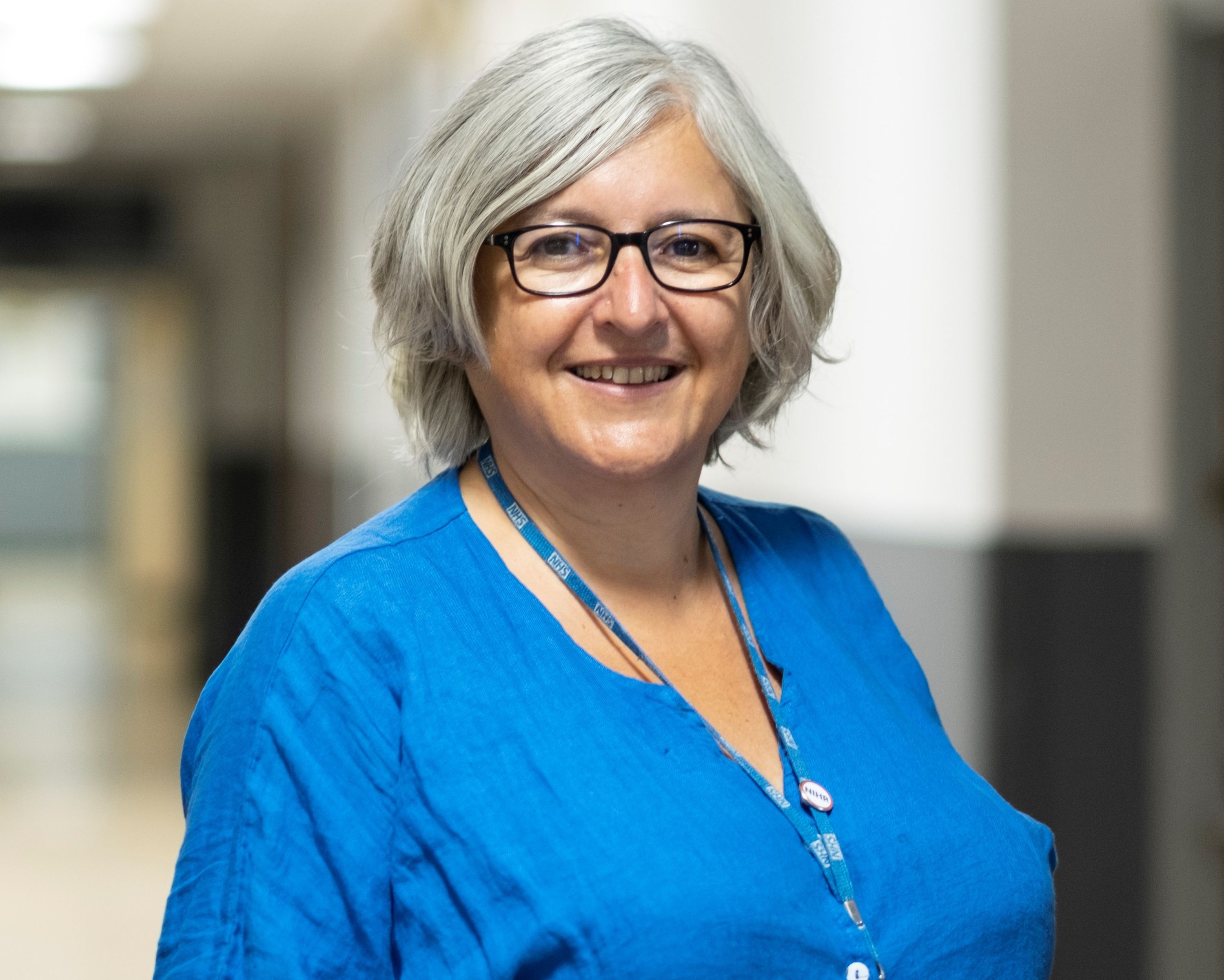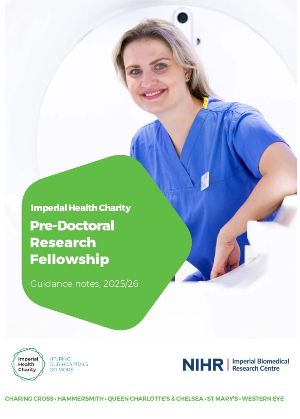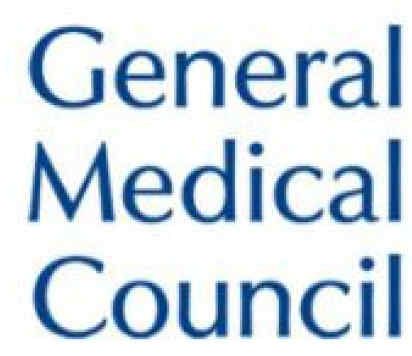
Securing any NIHR fellowship funding is a real “pinch-me” moment.
The DCAF grant funding provides early career researchers with funding to study at PhD level (also known as a doctorate). This opportunity allows the individual to develop their research skills, knowledge and academic networking while tackling real life health and care related challenges.
However, given the competitive nature of the process, it’s important to try to present a compelling application that stands out. I include below some wise advice that was shared with me during my application process, which I am sure helped to improve and secure my own fellowship grant.
1. It looks like a lot of work.
The form looks massive. As you work on your application, you may find yourself wondering whether you've written more words than J.K. Rowling did in The Order of the Phoenix!
But, the good news, (and I can say this from the other side) is that it will be worth it.
Many blog posts advise starting your NIHR application early, up to a year and a half in advance. This is wise advice. But don’t panic! Break it down into manageable chunks - the NIHR form is conveniently divided into sections, allowing you to tackle it piece by piece. Some components, like the research design, may require extensive time and effort (it took me at least 6 months to go from a first draft to getting it finalised & ready to submit), while others come together more quickly. Steadily checking off each section will have you completing the application before you know it.
2. Review the whole NIHR Clinical Academic Pathway opportunities first.
What I didn’t tell you above, was that I didn’t write the DCAF application hiding in the hospital store cupboard, using a makeshift desk made from Clinell Wipes.
I was fortunate enough to be supported by my department in applying for and securing a PCAF award (pre-clinical academic fellowship). Searching “NIHR Clinical Academic Pathway” online will reveal numerous “pre-doctoral” (before PhD) funding opportunities, which will buy you time (literally) to write and prepare an application.
My PCAF award provided me with two days per week for 12 months to step away from my clinical responsibilities and it’s specifically designed to allow me to prepare my DCAF application. The PCAF gave me the time and funding I needed to develop and advance towards the next stage. If you're interested in pursuing a PhD but don't feel fully prepared, the NIHR has options available to support you.
3. Get your team in place.
Securing a fellowship grant, regardless of the level, requires assembling a strong supervisory team. This is usually 2 - 4 people who are either an experienced academic (works in a university) or researcher. The supervisors provide academic, professional and emotional support to help you complete your PhD. Supervisors will have a deep knowledge of your research area and/or chosen research methods.
A team with a broad range of different expertise gives a deeper support to your research than having supervisors all from one field. For example, my project focusses on supporting the mental health and wellbeing of those involved in the forensic imaging of children. To provide expert guidance, my two main supervisors have backgrounds in both children’s imaging (Paediatric Radiology) and mental health (Mental Health Nursing). Importantly, they also have extensive experience in mentoring and supervising PhD students - qualifications that the NIHR will be looking for in your application.
If you are on the lookout for an experienced supervisor, check out the list provided by the NIHR.
Make sure to put your team together before writing. It’s important to ask them in advance. Their support and input will be crucial to you starting the application on the right foot and bringing it all together. They are likely to have helped people through the process several times before you. Don’t just think it’s as simple as sticking their name on the application before submission!
4. Your team also involves patients.
This is called PPIE, or Patient and Public Involvement & Engagement. Funders (the organisations that provide the money for the research to happen) are increasingly prioritising research that demonstrates real-world relevance, and PPI is one of the best ways to show that your project will have meaningful outcomes for patients and the community.
For example, I noticed patients coming for CT scans were often anxious, unsettled, and sometimes frustrated with the staff. I assumed this was because the waiting area was outdated and uncomfortable, and the wait times were too long. So, I started designing a research project to look at improving waiting times and the waiting room experience. But then my supervisor asked, “Jess, have you included any actual patients or parents who has direct experience of this in the project design?”
After speaking directly with those who had attended CT appointments before, it became clear that the problem wasn’t the waiting area or the long waits at all. The real issue? Patients couldn’t find the CT Department. They found the hospital directions confusing, got frustrated wandering the corridors, and often there was no one available to help them. By the time they made it to their scan, they were anxious about being late and annoyed at the hospital’s lack of organisation. I thought I understood the problem, but completely missed the mark!
This is why it’s so important, as researchers, to involve patients and the public right from the beginning. It ensures that our work addresses the actual, real-world needs of those we aim to help. Plus, if you’re applying for funding from organisations like the NIHR, they’ll be looking closely at how you’ve included PPI in your project. Be sure to highlight the changes you’ve made based on patient input!
Look at more guidance provided by the NIHR on PPIE here.
5. Get comfortable showing off your achievements in the personal statement
Disclaimer: I do not come from a long line of academic professors; my dad did not win the Nobel Prize, and I thought I would be kicked off my undergraduate radiography degree for failing my first assignment. Just don’t tell my PhD supervisors the essay was on Evidence Based Practice! (True story).
My point being, don’t let the imposter syndrome kick in when writing this section (even Albert Einstein had imposter syndrome!) I recommend checking out this great TED talk my supervisor sent me when I first started.
The NIHR will ask you to start your application by outlining your previous clinical and research experiences. Keep it succinct, but powerful.
Start with what you feel comfortable with, usually your clinical experience. You will have spent many years learning the skills of your craft. But remember, your audience may not be experts in your field or discipline. Keep it simple so that someone from any background could understand your role and responsibilities from your description. I enjoyed letting my non-medical family and friends read this section of my application….
The NIHR will not expect you to have run a multimillion-pound research project at this early stage in your career, that’s why you are termed an “early career researcher”. You are at the beginning of what will hopefully be a long and successful academic journey. But what they want to see is that you do have some research experience on a small scale. Evidence of previous audits, service improvements and participating in departmental research projects all count. Make sure to explain how you become involved in these projects (did you start them, or did someone else ask you to get involved?) the impact of these projects and the change they brought to clinical practice.
Finally, show that you are invested in a career as a clinical academic. Share in your application your future aspirations and demonstrate commitment to this career.
Crafting a competitive NIHR Doctoral Fellowship application requires strategic thinking, and careful planning of your collaborations. By understanding the 5 points above, you can significantly improve your chances of success.
Remember, the process is highly competitive, but a well-prepared application that showcases both your potential and the impact of your research, in an easy-to-understand, well designed manner can make you a strong contender. Good luck!
Useful links
Contact us
The CATO Team and Radiographers Incubator work on a Hybrid model, combining days in the office with days working from home – the best way to reach us is by email.
cato@imperial.ac.uk
radresearch@imperial.ac.uk
+44 (0)20 3313 7397



